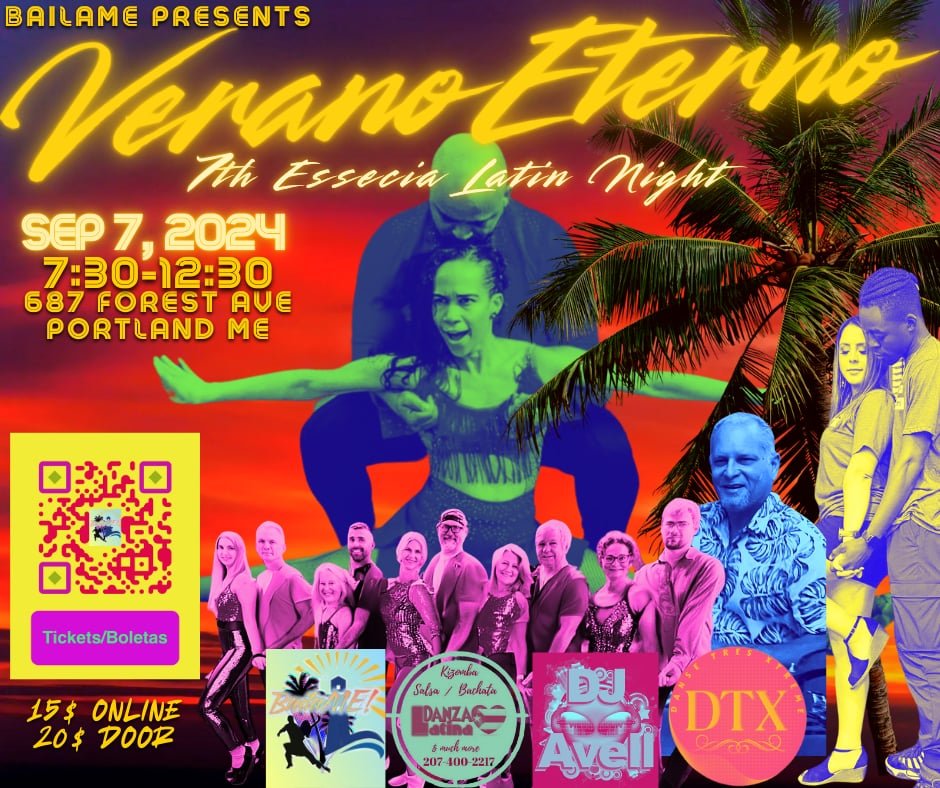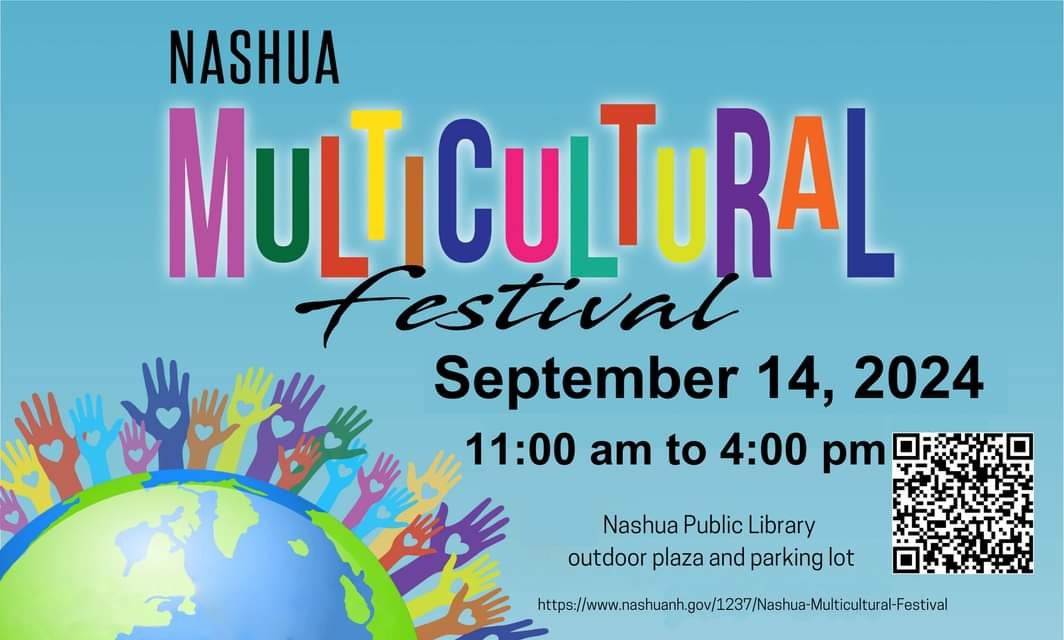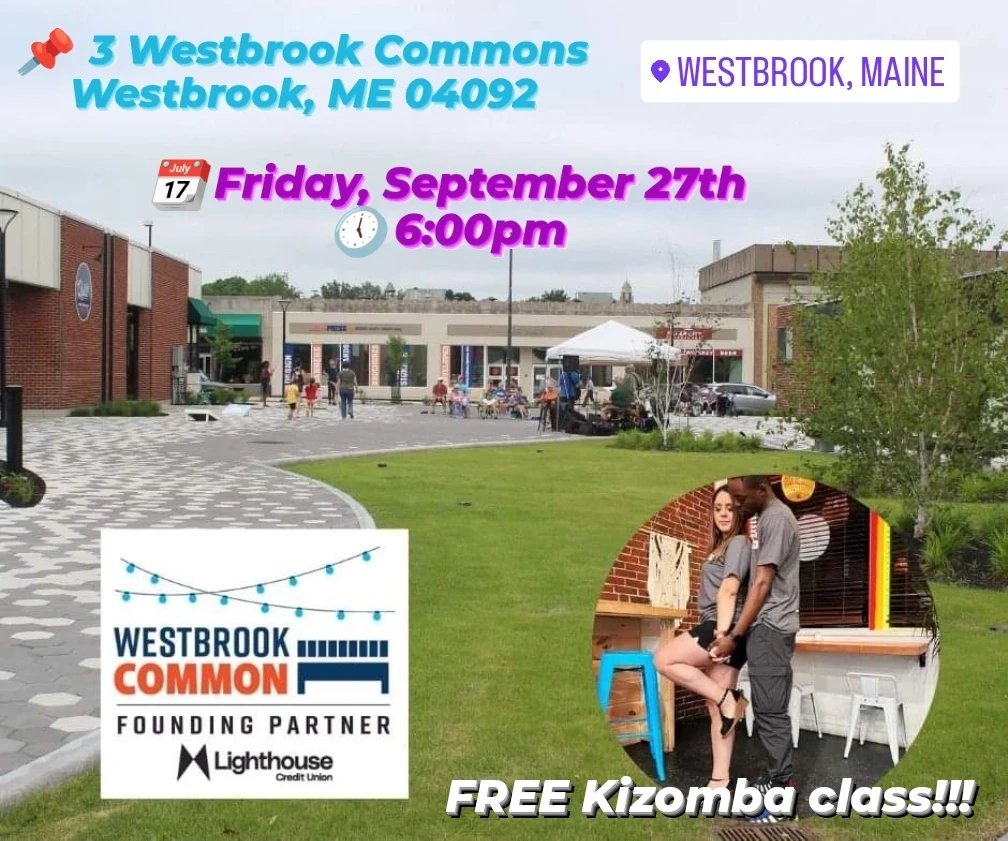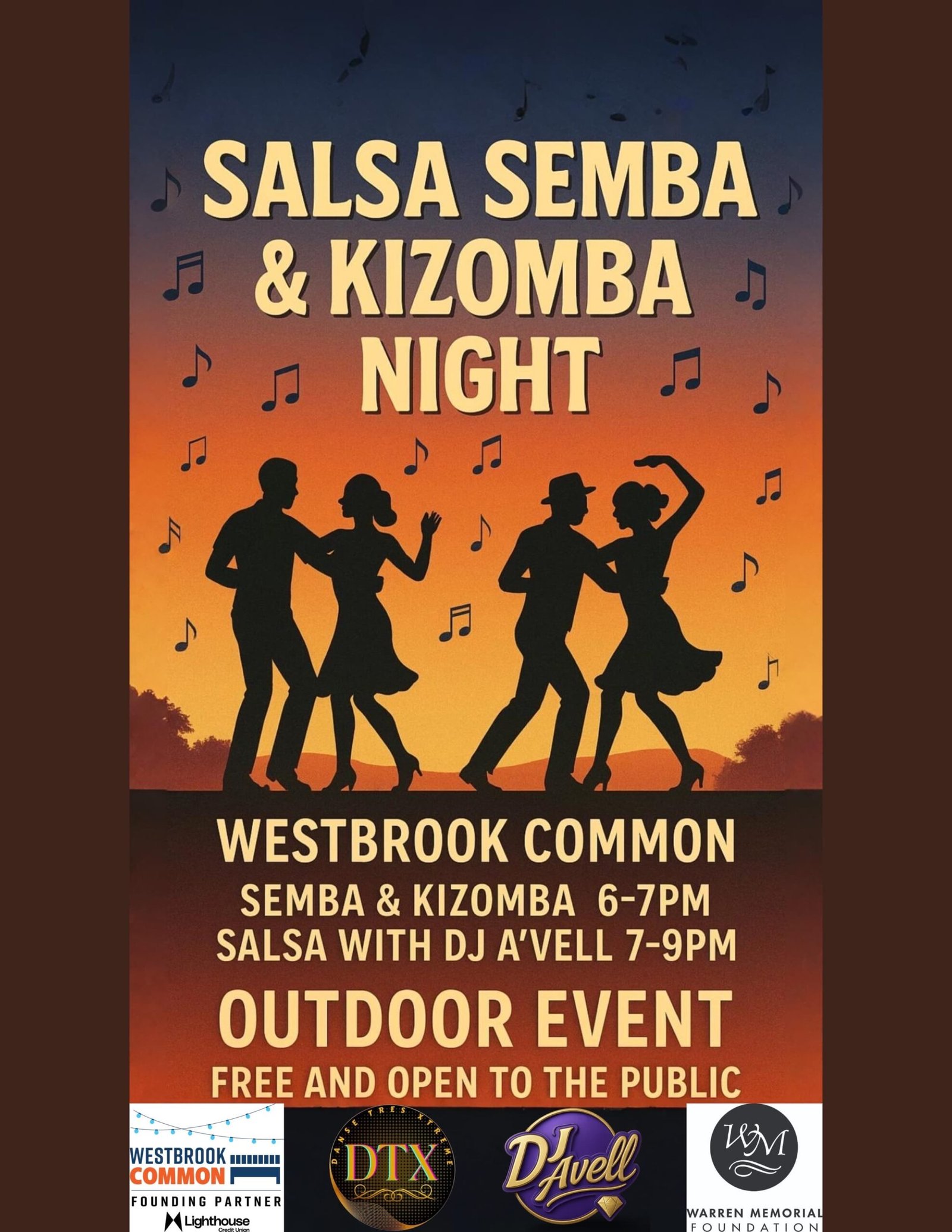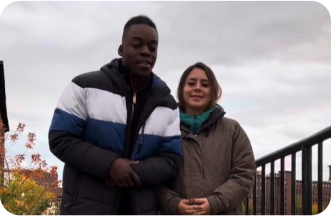

Has no Limits

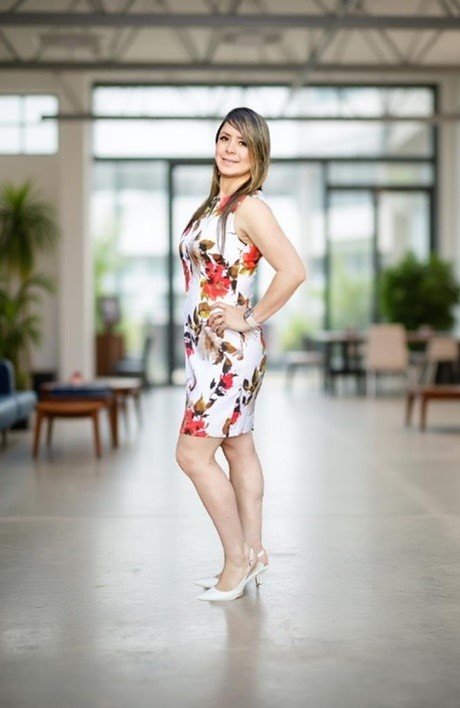
About Us
Welcome to Danse Très Xtrême Studio
We offer private and group Kizomba and Semba classes for all levels. Private lessons are the quickest most efficient way to learn as we go at your pace. Our lessons focus on the basics and get students ready for social dancing.

Your donation helps us in our efforts to create more learning and entertainment opportunities for this wonderful dance community
Our Dance Class
Dance Classes for everyone

Kizomba Dance
Kizomba refers to a musical genre and the dance that accompanies it, being part of...
Discover the beauty behind the Dance
Register For a Class Today
Join a group class or schedule a private lesson and begin discovering the joy of our different dance styles
Events
Upcoming Events
Podcast
We are so excited to share with you all our collaboration with Télé BandaTV for our new podcast in Portland, ME, where we will share stories, have discussions, and promote your business!
Send us an email
Email us to book your interview or if you have any questions
Contact us
Send us a message
Address
643-1 Forest Ave.
Portland, ME 04102
Info
Interviews will be conducted in English, French, Lingala, Spanish, and Portuguese


Class Schedules
Click our class schedule
and register today.

Dance Battle
Dance Starts With A Feeling
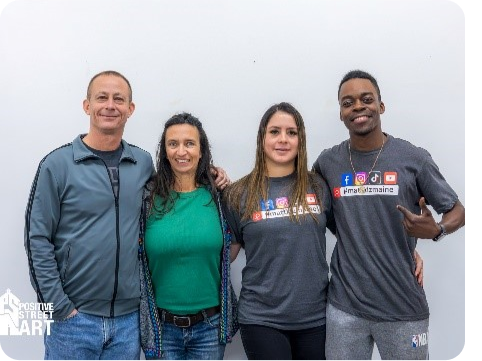
Testimonials
What They say About Us?
Wonderful Kizomba and Semba lessons with fun, welcoming instructors. Kizomba is smooth and connected while Semba is lively and joyful. Highly recommend these classes for anyone who loves to dance.
I had the opportunity to attend a Kizomba class with Matt and Olenka, and it was truly an outstanding experience. They convey their knowledge with remarkable professionalism, passion, and a clear pedagogical approach that makes every detail easy to grasp. Their artistic quality, elegance, and dedication turn the class into not only a learning process but also an inspiring journey. Without a doubt, I highly recommend learning from these true masters of dance.
I had a fantastic time at the Kizomba dance lesson in Portland, Maine, led by the wonderful instructors, Matt and Olenka. Despite the weather forcing us to move indoors, Matt and Olenka seamlessly adapted the lesson, creating a warm and welcoming environment. Their patience and teaching style made it easy for beginners like me to feel comfortable, and they thoughtfully paired us with experienced dancers to help us learn. The music was vibrant, the sense of community was uplifting, and the overall experience was unforgettable. I highly recommend this class to anyone looking to dive into a fun, supportive dance experience!
I have lived in the Northwestern part of Maine for almost 15yrs. I found Kizomba through a music app and have been searching for the past 5 yrs to learn this style. Alas, Portland area provided this! I introduced myself to Olenka when I reached out by phone. Within a week, Matt and Olenka began a new session of Kizomba classes. I’ve only had 3 lessons so far, but I am loving every minute of it. They both are so patient to new beginners but also knowledgeable to answer my questions. Matt even took the time to share with me about the different styles of music and where they originated. As a dance educators myself, (of a different genre of classical dance), I very much appreciated this explanation and his passion to share this art. I highly recommend lessons with Matt and Olenka at any level of your dance journey!!
I had a great time learning Kizomba from Matt and Olenka. Both were professional, answered any questions I had, encouraging, and went at a pace that anyone can catch on. It was a lot of fun and I definitely recommend them!
Matt and Olenka are easy to follow! they’re great instructors, Had the opportunity to be in one of their classes and it was well worth it, learned so much! Highly recommended!
Matt and Olenka have been such a pleasure to work with in NYC. They share great information about the dance and its history. I look forward to welcoming them back to NYC soon!
Matt and Olenka are an awesome duo. They were very comprehensive and thorough with the basic moves. We learned both leaders and followers moves to understand the whole picture. I look forward to learning more from them. This is a very unique dance and very specialized in Maine.
The kizomba class I took was fun and super interactive. The moves were easy to follow as well. If you are looking to learn kizomba or get better , you should definitely take that class.
I had such a great time learning from both of them. They are so welcoming with clear instruction, they had me dancing a full song in no time!






